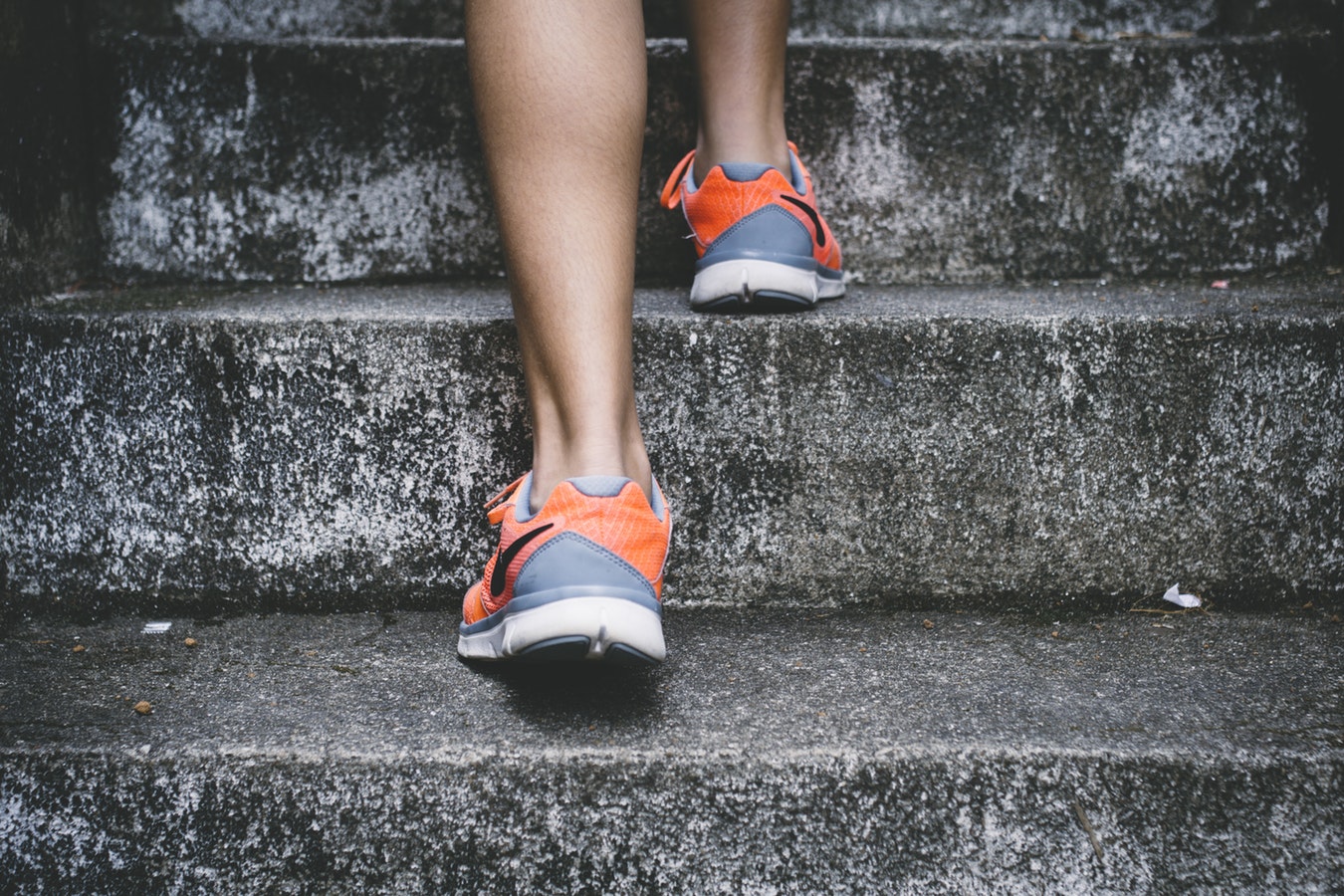
Cardio health is important.
People often ask whether its diet that makes your cardiovascular system healthy, exercise, or both. As a blog that’s interested in all things health and fitness, this is a question that needs to be addressed. But what does the evidence say? Can you exercise your way out of a bad diet? Or do you need to do exercise for the effects of a good food to be felt?
Let’s take a look at the evidence.
EXCERCISE CAN HELP IMPROVE THE LINING OF YOUR ARTERIES
Perhaps one of the most exciting facts about exercise is that it can help improve the lining of your arteries. Over time, your arteries can become damaged. Little particles from the bloodstream called LDL cholesterol penetrate the artery wall and make their way down into the layers beneath the surface. This causes an inflammatory reaction, attracting a bunch of clotting factors designed to heal the injury. Over time, these clotting factors build up and result in a plaque which can dislodge and break off, causing a heart attack or a stroke.
Exercise, however, may help to improve the lining of the arteries. The primary way in which it does this is through causing the blood to exert a “shearing force” on the artery wall. When you exercise, you increase your heart rate and blood pressure. This, in turn, increases the speed with which bits of blood pass by the artery wall. The faster they pass the walls of your arteries, the higher the shearing force and, strange as it may sound, the more beneficial it is to the lining.
We’ve evolved, it seems, with the lining of our artery walls to be under regular stress. Our arteries, therefore, need exercise to provide this shearing function to keep them in top-notch shape. Without it, they weaken and become more prone to damage by dangerous cholesterol particles.
FRUITS AND VEGETABLES CAN MAKE YOUR ARTERIES MORE STRETCHY
One of the reasons people have to go through stroke rehabilitation is because their arteries weren’t stretchy enough to cope with a sudden change in blood pressure. Your blood pressure goes up and down all day long, depending on what you’re doing, so you need ways of adjusting to changes in your requirements. But how?
It turns out that some of the foods that we eat can make a big difference to the stretchiness of our blood vessels. If you’ve ever drunk a beetroot smoothie and felt a little lightheaded afterward, you’ve experienced this phenomenon in action. A chemical in the beetroot gets converted in the mouth and stomach into nitric oxide which causes the blood vessels to dilate. When the blood vessels dilate, there’s a reduction in blood pressure because there is more volume available for the blood. People can cheat on blood pressure tests by drinking high nitrate-veggies, but research shows that eating leafy greens and beetroot daily can have a profound and lasting impact on blood pressure, so it’s well worth trying.
BACON HURTS YOUR ARTERIES
Diet is a double-edged sword: while there are some foods which the science says are good for us, there are many others, especially those of animal origin, which you’ll want to steer clear of. Some of the most damaging animal foods are processed meats – a category of food that the WHO classes as a class one carcinogen.
The problem with processed meats is their ability to increase the amount of “small dense” LDL cholesterol particles in the blood. The problem with this type of lipoprotein is that it seems to have a unique ability to penetrate the artery walls and start an inflammatory response. The body isn’t well-equipped to deal with this particular kind of lipoprotein, and so when it is present in large numbers, it starts causing damage that the body cannot undo quickly enough.
Bacon, sausage, smoked fish, and chicken nuggets probably aren’t the best way to preserve the health of your cardiovascular system.
What About Marathon Runners? Do They Have Healthy Arteries?
Scientists measure the health of a person’s arteries based on the thickness of the artery wall. The thicker the wall, the reasoning goes, the more the plaque buildup and the higher the inflammation. Healthy arteries have relatively thin walls and can expand quickly.
When scientists looked at the arteries of marathon runners, they found that yes, indeed, they have thinner artery walls than the population at large. But when they compared them to the arteries of people who ate mostly plants, they found that sedentary plant-eaters were even healthier. So for the best arteries, it’s diet and exercise, with food being the most important.